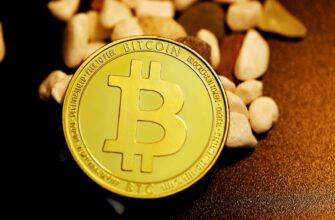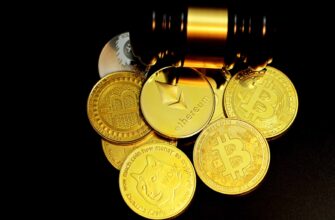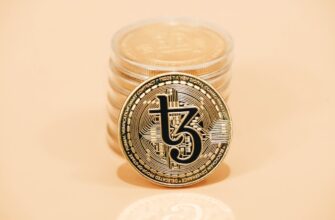Introduction to Bitcoin Security
With Bitcoin’s growing popularity, knowing how to buy and sell it safely is crucial. Over $1 billion in crypto was stolen in 2023 alone, making security your top priority. This 900-word guide covers essential steps, tools, and best practices to protect your investments from scams, hacks, and human error.
How to Buy Bitcoin Safely: Step-by-Step
- Choose a Reputable Exchange: Use regulated platforms like Coinbase, Kraken, or Binance. Verify their security features (SSL encryption, cold storage) and read user reviews.
- Enable Two-Factor Authentication (2FA): Always activate 2FA using authenticator apps like Google Authenticator—never SMS.
- Secure Your Wallet: Transfer Bitcoin to a private wallet immediately after purchase. Options include:
- Hardware wallets (Ledger, Trezor)
- Mobile wallets (Blockstream Green)
- Desktop wallets (Electrum)
- Verify Addresses Meticulously: Double-check wallet addresses before sending. Malware can alter copied addresses.
- Start Small: Test transactions with minimal amounts before larger purchases.
Selling Bitcoin Securely: Best Practices
- Use Trusted Platforms: Sell only through exchanges with strong withdrawal protections and insurance.
- Confirm Network Fees: Adjust fees appropriately—too low may cause delays, too high wastes funds.
- Withdraw to Verified Accounts: Link bank accounts beforehand and use whitelisted withdrawal addresses.
- Time Your Sale: Avoid volatile periods; use limit orders to control prices.
- Document for Taxes: Record sale dates, amounts, and profits for tax reporting.
Essential Security Measures for All Transactions
- Password Management: Use unique, complex passwords and a manager like Bitwarden.
- Phishing Defense: Never click unsolicited links. Bookmark exchange URLs.
- Network Security: Avoid public Wi-Fi; use VPNs for transactions.
- Software Updates: Keep wallets and devices patched.
- Backup Secrets: Store recovery phrases offline in multiple secure locations.
Red Flags: Avoiding Bitcoin Scams
Watch for these warning signs:
- “Guaranteed” returns or pressure to act quickly
- Unverified platforms requesting seed phrases
- Social media giveaways asking for upfront Bitcoin
- Unsolicited “support” calls about your wallet
FAQ: Bitcoin Safety Answered
Q: What’s the safest wallet for beginners?
A: Hardware wallets like Ledger offer top security. For convenience, use non-custodial mobile wallets with strong 2FA.
Q: Can I reverse a Bitcoin transaction?
A: No—transactions are irreversible. Always verify addresses before sending.
Q: How do I spot fake exchanges?
A: Check for regulatory licenses, HTTPS URLs, and community trust. Avoid platforms with no KYC procedures.
Q: Is leaving Bitcoin on an exchange safe?
A: Only for short-term trading. Exchanges are hacking targets—move funds to your private wallet.
Q: What if I lose my hardware wallet?
A: Use your recovery phrase (stored securely offline) to restore funds on a new device.
Conclusion: Security Is Continuous
Buying and selling Bitcoin safely requires vigilance at every step. By choosing trusted platforms, securing wallets, enabling 2FA, and staying alert to scams, you significantly reduce risks. Remember: In crypto, you are your own bank. Prioritize security today to protect your digital wealth tomorrow.








